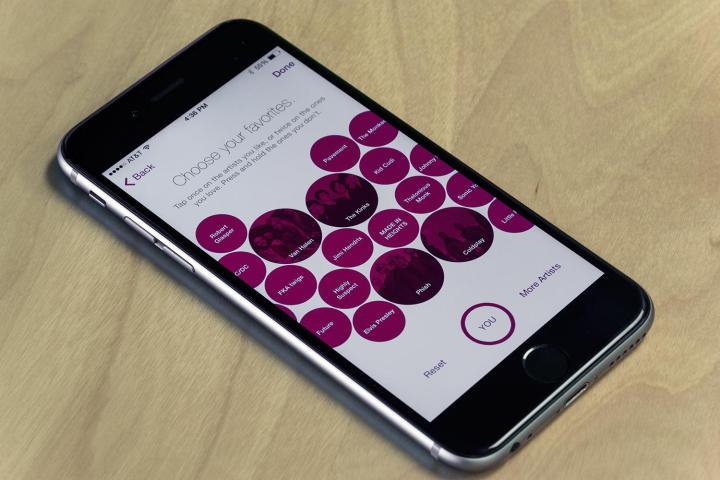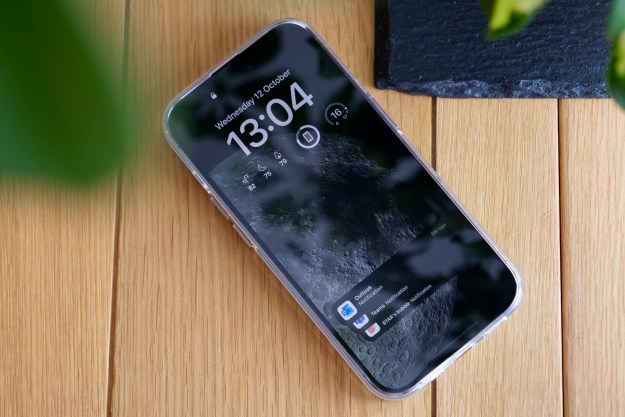
Apple’s “thrilled with the numbers so far,” said Cue, and it has good reason to be: it took Spotify more than six years to reach its own June high of 20 million paid subscribers. Assuming Apple moves most of the service’s listeners to a paid subscription — users who haven’t purchased a family plan are on a three-month trial that ends in October — it’ll have achieved a user base equal to half of Spotify’s paid user base in a few weeks.
Apple Music hasn’t been without its fair share of teething problems, though, a fact Cue acknowledged. “We’re aware that some users have experience some issues, and we hate letting them down, but we’re releasing updates as fast as we can to address those issues,” he said.
Reports of duplicate playlists and mislabeled tracks don’t seem to have had an appreciable impact on Apple Music’s momentum. But the start, while impressive, is far from Apple’s ambitious goal of 100 million Apple Music users in the next few years, which the company sees as a means of offsetting declining iTunes sales. There’s palpable potential — according to the International Federation of the Phonographic Industry, subscription music service revenue revenue grew 39 percent last year to $1.6 billion.
But Apple faces a long and winding road. Spotify, whose ad-supported free tier boasts 55 million users, reported a 25 percent conversion rate in January. And for the hundreds of millions of people who aren’t familiar with streaming music, generational and cultural divisions pose a real problem. “You […] have to explain what [Apple Music] is and how it works,” Beats Music’s Jimmy Iovine told USA Today, and “millennials, who never pay for music” aren’t easy to win over.
And Apple Music has the FTC to contend with. In July, the agency began collecting evidence to determine if Apple had abused its position in the music market to hinder competition. The agency has since issued subpoenas to streaming services as it ramps up its investigation.
But Apple’s kicking that can down the road. It’s begun an aggressive Apple Music build-out, placing sign-up links throughout the iTunes store, bolstering the service’s curated offerings, and prepping a client for Android. It’s also ramping up a marketing campaign featuring billboards, TV, and radio ads.
Whether Apple Music will be able to maintain its current pace is unclear, as is the outcome of the FTC’s investigation. But for now, you might say, the service is riding high.
Editors' Recommendations
- Apple Music just got a cool feature you won’t find on Spotify
- What is Amazon Music: everything you need to know
- Apple quietly retires one of its Apple Music tiers
- Apple may face ‘severe’ iPhone 15 shortage over production issue, report says
- This Snoopy Apple Watch face is too cute — here’s how to get it


